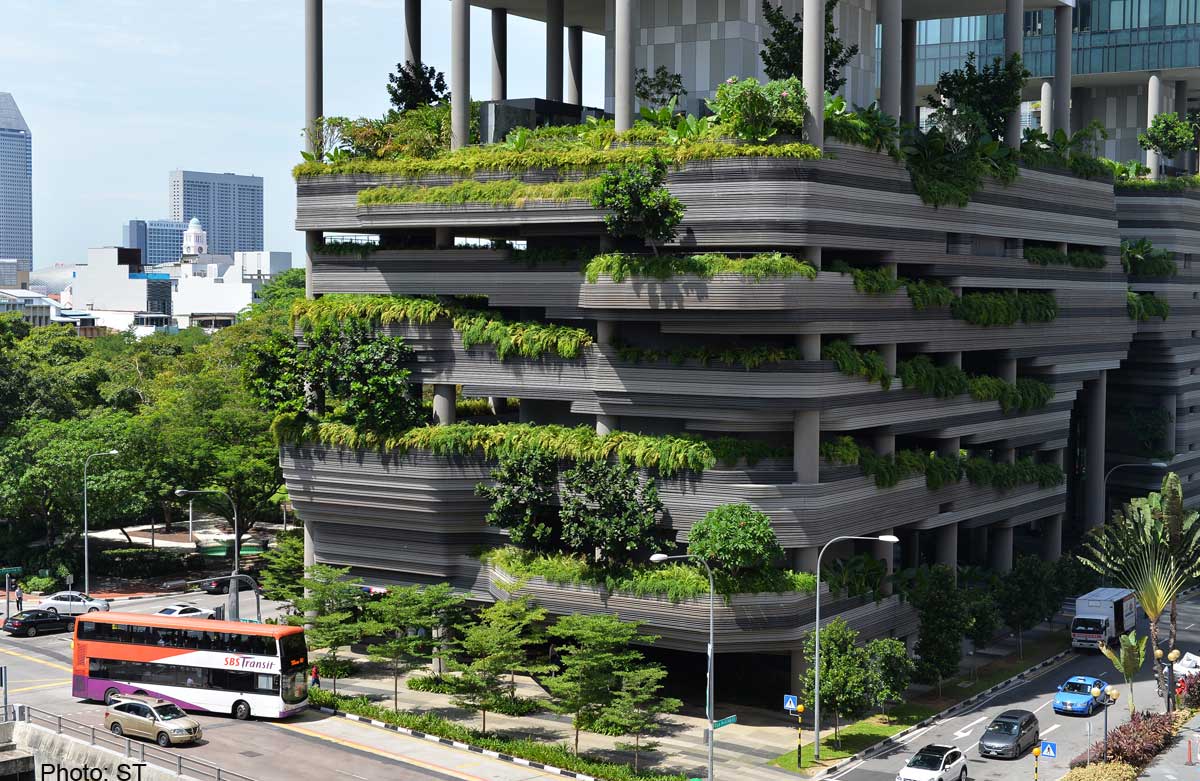
Vertical Gardens for Urban Landscaping: Exploring Benefits and Impacts
Introduction
Urbanization has resulted in a significant reduction in green spaces, necessitating innovative approaches to incorporate nature into urban environments. Vertical gardens have emerged as a popular solution, offering numerous benefits while transforming the aesthetics of urban landscapes. This article aims to delve into the world of vertical gardens, exploring their historical background, key concepts, design and construction techniques, environmental and health benefits, economic and social impacts, case studies, current trends, challenges, future outlook, and more.
Historical Background
Vertical gardens have a rich history dating back centuries. The Hanging Gardens of Babylon, one of the Seven Wonders of the Ancient World, is considered one of the earliest examples of vertical gardens. In the 20th century, pioneers like Patrick Blanc and Stanley Hart White revolutionized the field with their innovative concepts and designs.
Key Concepts and Definitions
Vertical gardens, also known as living walls or green walls, are structures that facilitate vertical plant growth on walls or other vertical surfaces. These gardens serve multiple purposes in urban landscaping, including improving air quality, reducing noise pollution, conserving energy, and enhancing the overall aesthetic appeal of buildings. Concepts such as hydroponics, aeroponics, and green walls are integral to the success of vertical gardens. However, challenges such as proper irrigation and limited space need to be addressed.
Main Discussion Points
Design and Construction of Vertical Gardens
Designing a vertical garden requires careful consideration of factors such as sunlight exposure, wind patterns, and available space. Different techniques, including modular systems, trellis-based systems, and pocket systems, can be utilized to create visually appealing and functional vertical gardens. Construction materials such as felt, geotextiles, and lightweight panels are commonly used to support plant growth. Additionally, proper irrigation systems and maintenance routines ensure the health and longevity of vertical gardens.
Environmental and Health Benefits of Vertical Gardens
Vertical gardens play a crucial role in improving air quality by absorbing pollutants and releasing oxygen. They also act as natural insulators, reducing the urban heat island effect by lowering temperatures in urban areas. Moreover, these gardens have been found to enhance the mental and physical well-being of urban dwellers, providing a sense of tranquility and connection with nature.
Economic and Social Impacts of Vertical Gardens
Vertical gardens have the potential to generate economic benefits in urban areas. They contribute to energy savings by reducing the need for air conditioning and insulation, resulting in lower energy bills for buildings. Additionally, vertical gardens create visually appealing spaces that attract visitors, boosting local businesses. In terms of social impacts, these gardens foster community engagement and social interactions, creating shared spaces for residents to connect and enjoy nature.
Case Studies or Examples
Real-world examples of successful vertical garden projects demonstrate the immense impact they can have on urban environments. The Bosco Verticale in Milan, Italy, with its towering greenery and sustainable design, has become an iconic symbol of vertical gardens. The High Line Park in New York City, transformed from an abandoned railway into a vibrant green space, showcases the potential of vertical gardens in revitalizing urban areas.
Current Trends or Developments
The field of vertical gardens is constantly evolving, driven by advancements in technology and design approaches. The use of smart irrigation systems, vertical farming techniques, and the incorporation of renewable energy sources are some of the emerging trends. Researchers are also exploring the use of sustainable materials for construction and innovative plant selection methods to enhance the biodiversity of vertical gardens.
Challenges or Controversies
Implementing vertical gardens in urban areas comes with its fair share of challenges. Limited space, lack of proper maintenance, and high initial costs are common obstacles. Moreover, there are differing viewpoints surrounding the effectiveness of vertical gardens in mitigating air pollution and their long-term sustainability. However, with strategic planning, community involvement, and technological advancements, these challenges can be overcome.
Future Outlook
The future of vertical gardens in urban landscaping looks promising. Advancements in technology will enable the development of self-sustaining, automated vertical gardens that require minimal maintenance. As urbanization continues, vertical gardens will play a crucial role in sustainable urban development by providing green spaces and improving the overall well-being of urban communities.
Conclusion
Vertical gardens have emerged as a powerful solution to address the lack of green spaces in urban areas. They offer numerous benefits, including improved air quality, reduced urban heat island effect, economic opportunities, and enhanced social interactions. The integration of nature into urban environments is not only aesthetically pleasing but also vital for the physical and mental well-being of urban dwellers.
References
Blanc, P. (2008). The vertical garden: From nature to the city. W. W. Norton & Company.
Oberndorfer, E., Lundholm, J., Bass, B., Coffman, R. R., Doshi, H., Dunnett, N., Gaffin, S., Köhler, M., Liu, K. K. Y., Rowe, B., & Simmons, M. (2007). Green roofs as urban ecosystems: Ecological structures, functions, and services. BioScience, 57(10), 823-833.
Wong, N. H., Tan, A. Y. K., & Chen, Y. (2009). Thermal evaluation of vertical greenery systems for building walls. Building and Environment, 44(12), 2569-2587.